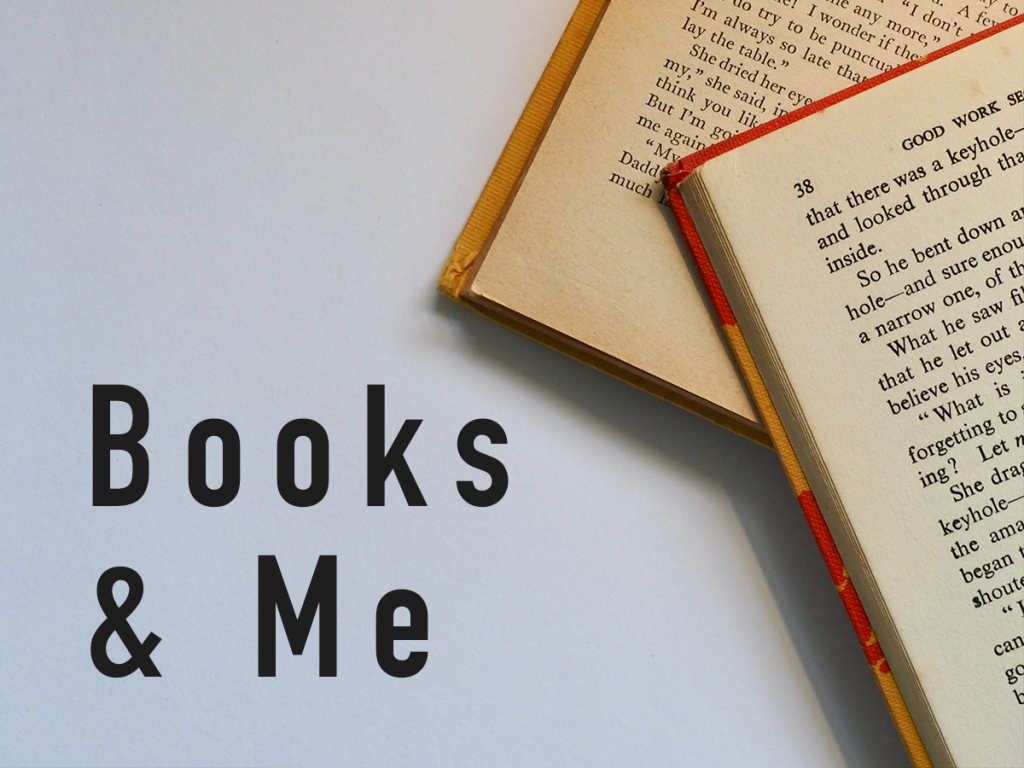Kwaku Mintah explores The Letters of Vincent Van Gogh – a book, or personal Bible, that has had a significant impact on the way he sees and relates to the world.
Everyone knows about THE Bible, however, a Bible can be defined as “a book regarded as authoritative”, “a collection of sacred writings”. The Letters of Vincent Van Gogh is my Bible.
TikTok has had, and continues to have, a strong grip on the way our modern generation lives our lives, and I must admit, I have been caught in the trap too. From style of clothing to choice of music, my attempts to avoid influence have been overcome by slight nudges. One such nudge was the inspiration to read The Letters of Vincent Van Gogh, yet I couldn’t be more appreciative.
Often, I find myself struggling to read – a world of so many distractions and an already preoccupied mind seem to get in the way – and the size was daunting at first, but Van Gogh really found a way to pull me in, taking me by the hand through the delicacies of his personal life. The myth of the Tortured Artist is one that never seems to escape our society, though in his words, you can see Vincent was more than simply “tortured” and an artist; he was a brother, a friend, an occasional caregiver, an estranged-at-times son, and a persistent employee. Through his letters and the attached art, you see a man aware of his faults, of his failings as a man and artist, and working with hard resolve to improve them. Not every piece in progress is perfect, and not every point is so eloquently put across, but he never fails to try, never falters in passion.
For what really is a Failed Artist? Is it one who lacks in monetary success and accolades, or one who turns away when not met with immediate grandeur – the one who gives up on their “failed art”? Is Van Gogh’s life a tragedy because he sold so little? Is an artist’s work measured by the money that it makes – money they are sure to lose?
In the world of the late 19th Century, we start to read a world very similar to our own: a world where some are outcast, “damned and condemned and despised”, by the more conservative for not fitting into their perceived mould of a person – or more specifically in those cases, a woman; a generally discontent populous, suffering from the civilised diseases of “melancholy and pessimism”; an MCU-like backdrop to the artistic world, “highly-praised but inexpressibly, hopelessly dry”, an art world not too dissimilar to the film industry of today; and an interesting, but presumably accidental, commentary on AI art, with him saying “in order to write a book, do a deed, make a picture with some life in it, one has to be alive oneself.”
In all of his writings you see simply a man so desperate to make something of his art, to have his paintings seen, not just by anyone, but by the deserving. One has a debt to the universe for existing, and art – in its many forms – is how Van Gogh, and now I, choose to pay ours. One would say that, perhaps, his dream is fulfilled, though does it really matter if he never gets to see it? Vincent and the Doctor is merely wish-fulfilment, and the true condition of the dead is never fully revealed to the living, so Vincent Van Gogh never got to see his art the way we do today. But is that really a tragedy? Or did he do everything he set out to? Creating the art of his heart and becoming a truly successful artist.
I’ve written about my Bible – the personal musings of a man educated by the original – but now I turn the question to you: What is your Bible?
Edited by: Rebecca Pearson – Deputy Editor
Header Designed by: Meg Crowther


